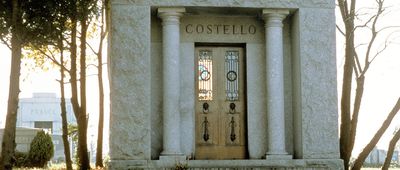Parks for People
Do you know where the closest park is and can you get there by walking? If the answer is no, you’re not alone. Some 100 million Americans — nearly one-third of us — don’t live within easy walking distance of a park, public recreation area, or greenbelts, according to the Trust for Public Land, a nonprofit conservation and advocacy organization.
Each year for the past decade, the group has released its ParkScore Index, which ranks the 100 biggest U.S. cities’ public park systems based on five criteria: access, investment, amenities, acreage, and equity. As the study’s authors note in the newly released 2021 report, “This past year has proved that parks are not just a nicety — they are a necessity. As Americans endured the health and economic challenges brought on by a global pandemic, the outdoors became a lifeline.”
However, not all cities offer their residents equal access to parks and greenspace, the study finds. Wealthy, white neighborhoods are more likely to have larger parks with more amenities (such as dog parks, basketball courts, restrooms, pools, and so on), better access to those parks (within a 10-minute walk from home), and are more likely to benefit from public investment in greenspace than low-income neighborhoods and communities of color do. In just two of the top 100 cities — Boston and San Francisco — can 100% of residents, regardless of income or ethnicity, walk to a public greenspace within 10 minutes from home.
Here’s a look at the best and worst cities, according to the 2021 report.





















